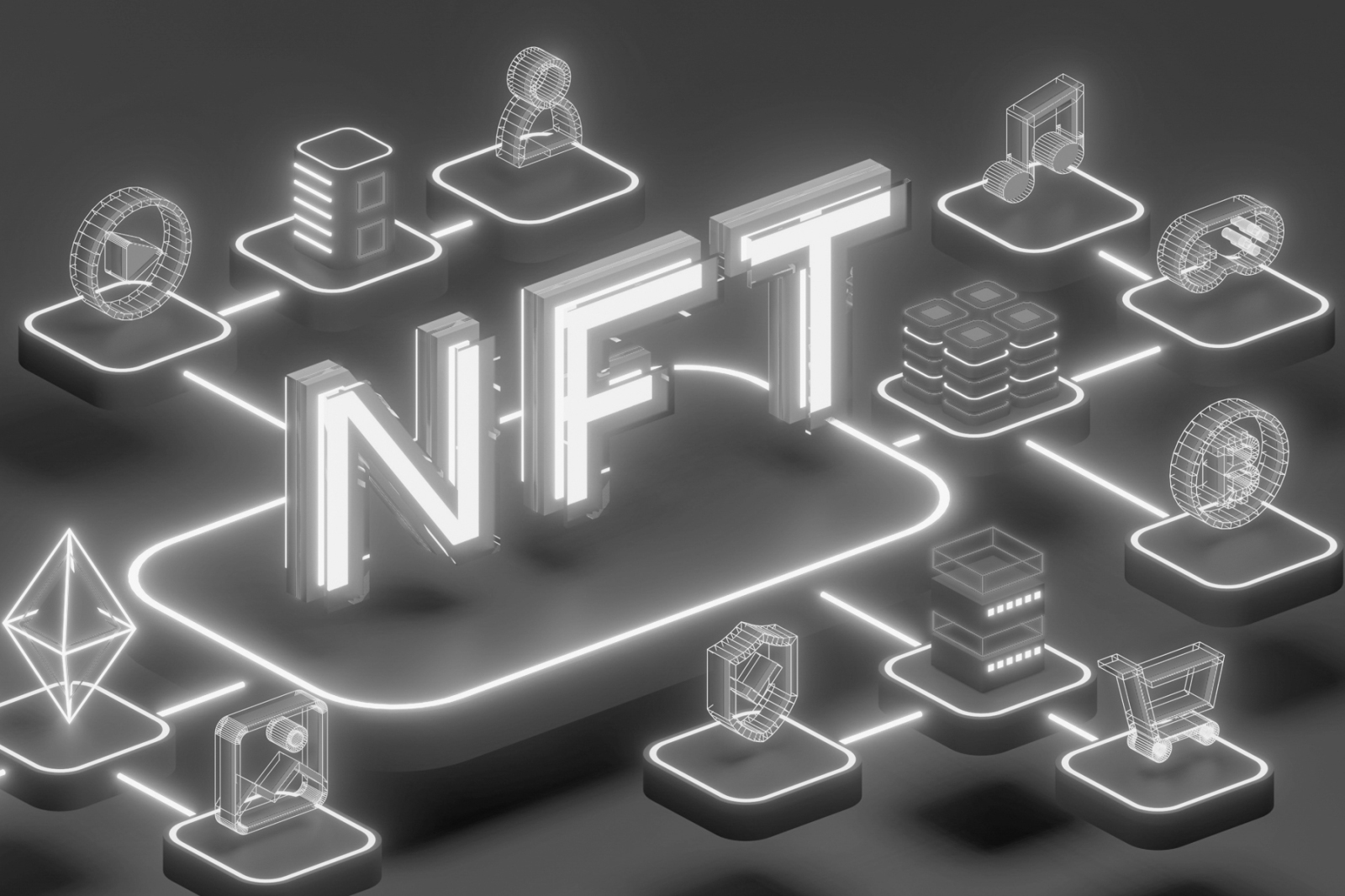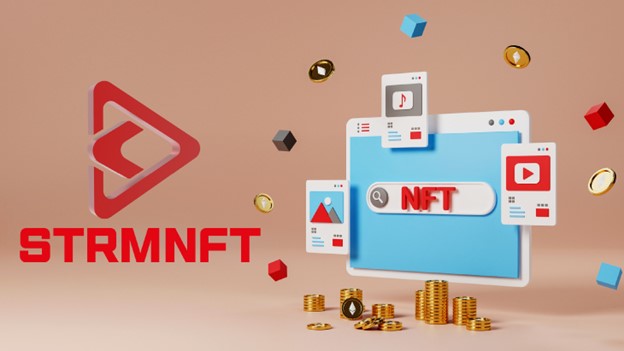By Ali Adab
The start of the NFT craze was primarily driven by the novel discovery that digital assets could be scarce. The very idea that digital art could be collected and appreciate in value had early adopters making big bets in hopes of even greater returns. At that time, CryptoPunks — a collection of one-of-a-kind pixelated punk rock heads and CryptoKitties — a series of digital cats with rare traits — were selling for as much as $170,000 each.
People were buying NFTs based on speculation, but as in any market, if there’s no real utility, it will crash and that it did — hard. The trading volume of NFTs plummeted from its peak of $17 billion in January of this year to $466 million in September — a staggering 97 percent drop. The nosedive, of course, happened in the context of post-pandemic inflation and rising interest rates, the same macroeconomic factors that also pummeled stocks and crypto.
While the hype cycle has died off, creators, investors and brands continue to invest in NFTs. For creators, it all comes down to aligning their own incentives with those of their fans. Here are three ways NFTs could unlock real value for creators in 2023 and beyond.
blogherads
.defineSlot( ‘medrec’, ‘gpt-dsk-tab-article-inbody1-uid0’ )
.setTargeting( ‘pos’, [“mid-article”,”mid”,”in-article1″,”mid-article1″,”inbody”,”inbody1″] )
.setSubAdUnitPath(“culture-council/article/inbody1”)
.addSize([[300,250],[620,350],[2,2],[3,3],[2,4],[4,2],[640,250]])
;
});
The novelty of discovering an artist or being one of their earliest fans in an effort to show loyalty has always existed, but with NFTs, proof of discovery and attendance are now being commoditized. On platforms, like Sound.xyz, musicians can debut their music as a set of NFTs and fans can purchase a song’s NFT grants to prove they were an early supporter.
Similarly, Ticketmaster has partnered with Dapper Labs to experiment with NFT tickets. These give fans proof of attendance — the modern equivalent of saving your ticket stubs. And with social media companies like Meta, which recently announced select creators will be able to sell NFTs directly on Instagram, creators and fans alike now have a way to showcase and sell their collections.
For musicians, NFTs are raising the value of music reminiscent of the physical vinyl or CD era that got diluted in the pivot to digital streaming. Only this time, profits are going directly to the artists who can bake ownership into an NFT when it’s minted — this allows artists to continue to receive compensation in perpetuity after an NFT is sold.
NFT ownership can go even further in rewarding fan loyalty — fans who invest in an artist’s NFT can be rewarded with exclusive perks such as access to token-gated communities where they can engage in behind-the-scenes dialogue with artists (a virtual backstage pass) or previews of new songs and cover art. This ability to monetize the artist-to-fan relationship directly is opening up new opportunities for creators to find independence outside of labels, studios and middle management.
The Rolling Stone Culture Council is an invitation-only community for Influencers, Innovators and Creatives. Do I qualify?
While big-name artists have been making waves with NFTs — from Kings of Leon to Steve Aoki — independent artists are also finding success with NFTs. For instance, indie artist Young & Sick sold an NFT for $865,000 despite only having 27,000 followers at the time, according to Cointelegraph.
According to findings from Stilt, Gen Z and Millenials make up 94 percent of crypto buyers and are more likely to store their money in digital assets. As this data-conscious generation comes of age, I expect we’ll see more artists and fans building decentralized economies on Web3.
blogherads
.defineSlot( ‘medrec’, ‘gpt-dsk-tab-article-inbody2-uid1’ )
.setTargeting( ‘pos’, [“mid-article2″,”mid”,”in-article2″,”mid-article”,”inbody”,”inbody2″] )
.setSubAdUnitPath(“culture-council/article/inbody2”)
.addSize([[300,250],[300,251],[620,350],[2,4],[4,2],[3,3],[2,2]])
.setLazyLoadMultiplier(2)
;
});
When we think of creators, we often envision social media entertainers or musicians, but gaming makes up one of the biggest verticals in the creator economy. As of 2021, there were 2.7 billion gamers worldwide and 404 million subscribers following the top 10 YouTube gaming influencers.
On Twitch, a popular streaming platform for gamers, 2 billion hours of video gameplay were streamed on the platform alone during the pandemic. With so many eyeballs watching gamers as they play, they’ve typically been able to monetize their craft through traditional paid sponsorships, product placement and advertising.
Despite a decline in active users of metaverse games like Decentraland and Sandbox, we’re seeing a new kind of gaming revenue emerge. Unlike Minecraft and Roblox, which have in-game currencies that allow players to access features, Web3 games enable players to access NFTs, which can be bought, sold and traded on the blockchain. This is creating an economy that could benefit the player outside of the game. We’re seeing Bored Ape Yacht Club — which launched one of the biggest NFT collections in the world — placing big bets in the gaming space with the production of their own metaverse gaming platform, Otherside.
Novelty and speculation propelled the initial hype around NFTs, but the potential of this “on-chain” technology to bring value to both creators and their fans is still largely untapped. With the brightest minds at major brands from Disney to Starbucks signaling investments in NFT tech, I predict we’re going to see a return to NFT hype — only this time I expect NFTs will be more than just a speculative asset.
We want to hear it. Send us a tip using our anonymous form.
Copyright © 2022 Penske Business Media, LLC. All Rights reserved.




